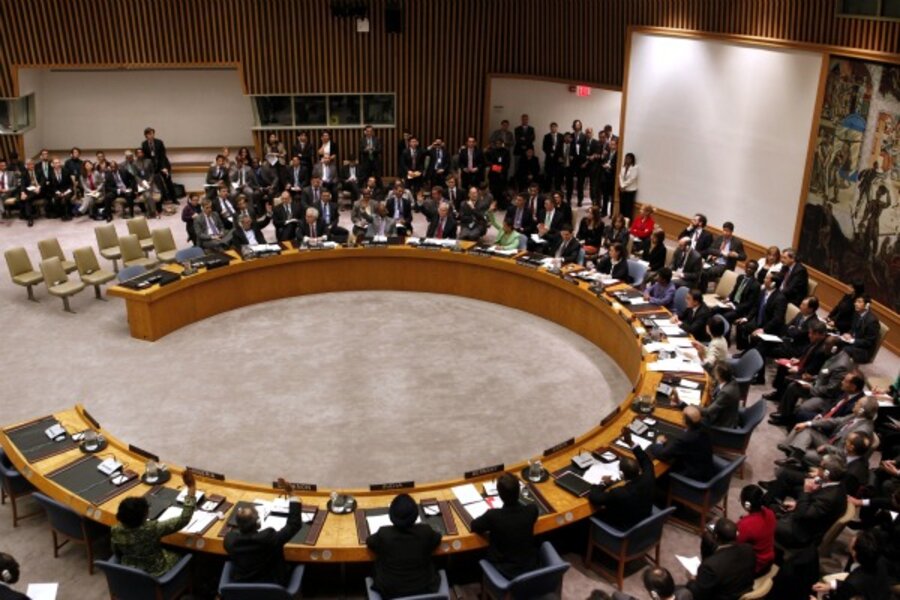The key component of the resolution says member nations may use “all necessary measures” to protect Libyan civilians. But what does that really mean? Legal scholars say it’s an ambiguous statement likely gives countries license to target Mr. Qaddafi himself.
“The authorisation of ‘all necessary measures’ is broad and appears to allow the targeting of Gaddafi and others who act to put civilians ‘under threat of attack,’ ” Philippe Sands, a law professor at University College London, wrote in the Guardian.
There is one thing “all necessary measures” does not include, though. The resolution explicitly says no occupying army is to be placed on Libyan soil.





